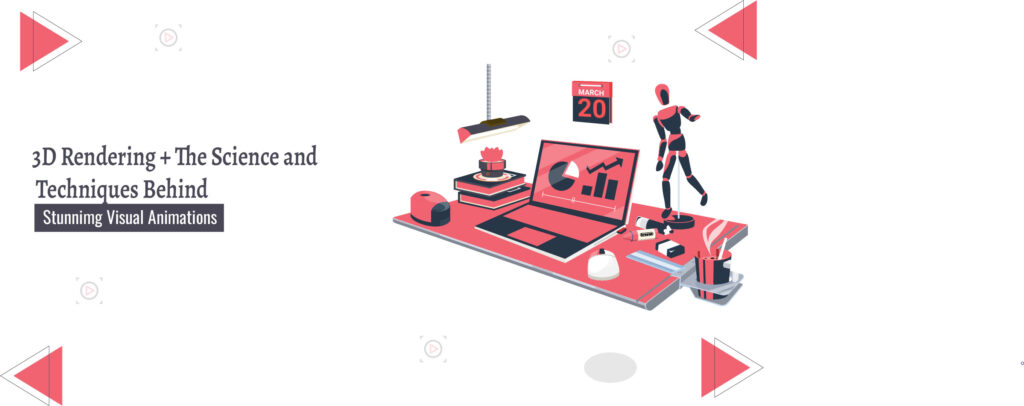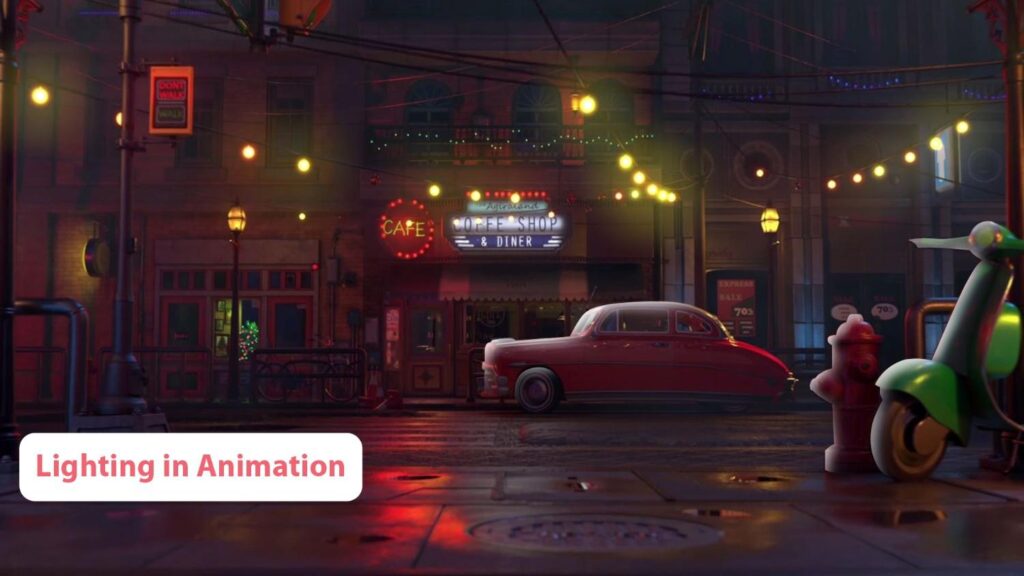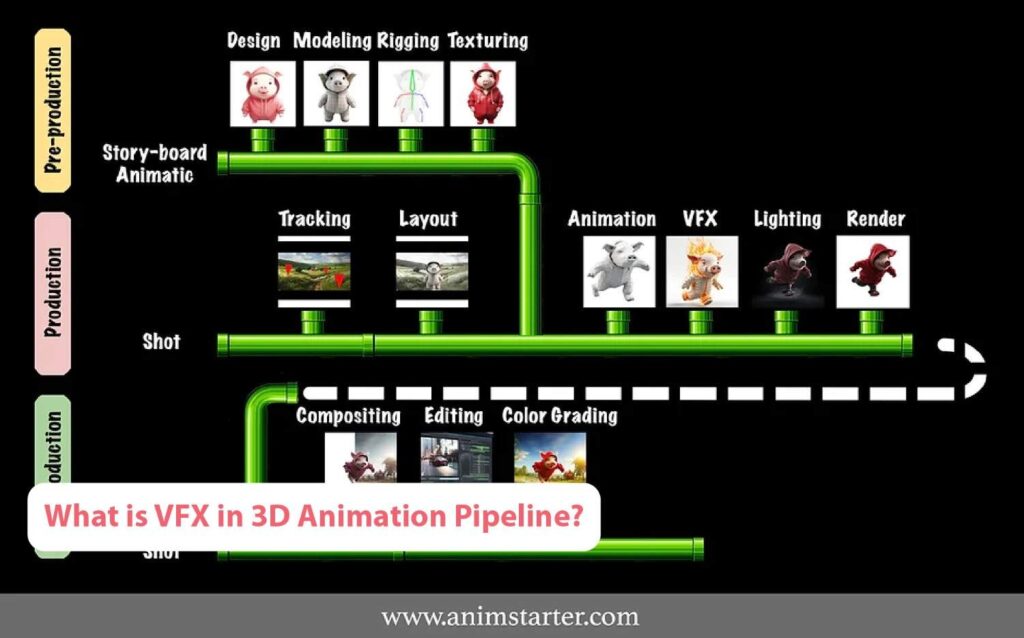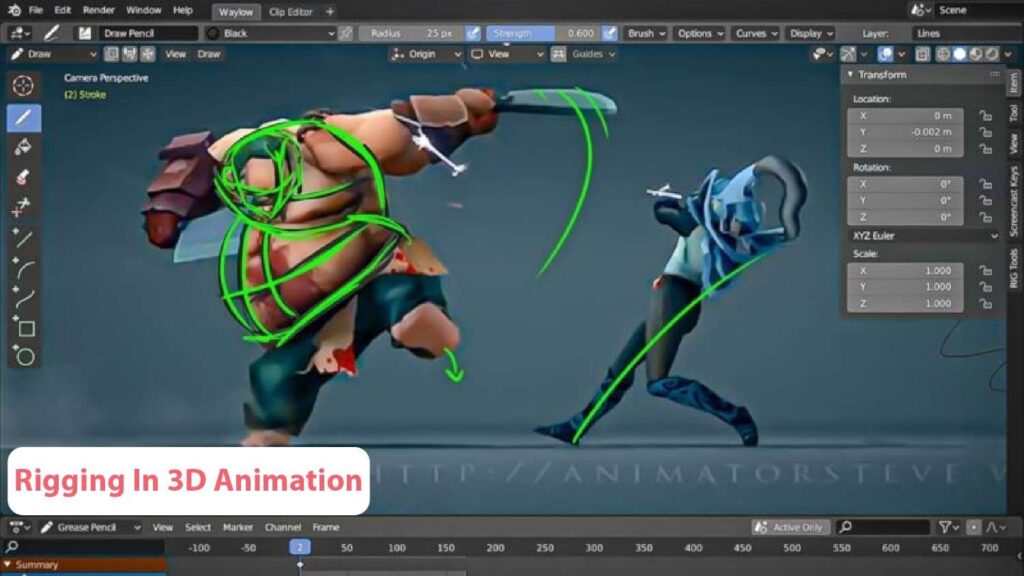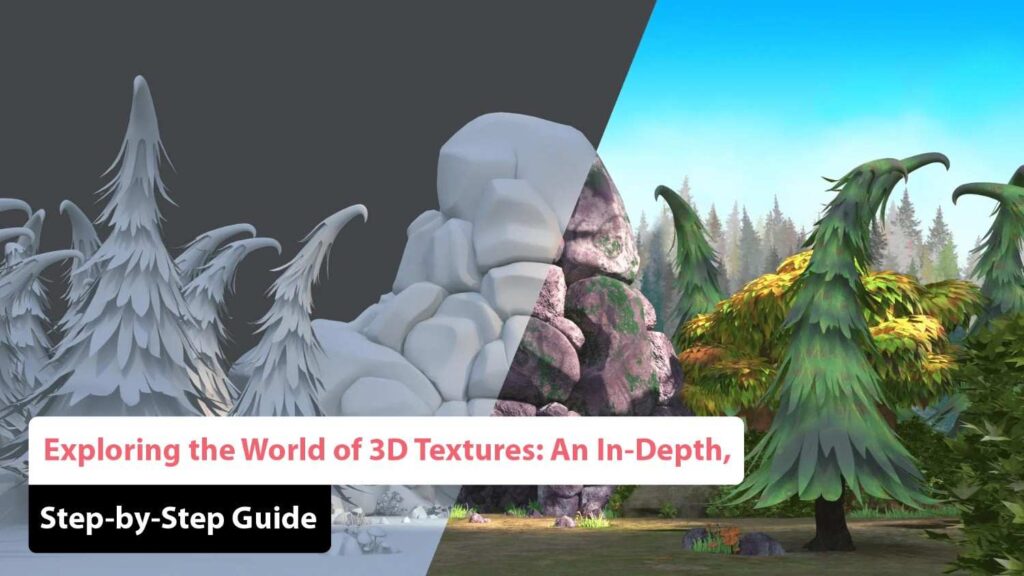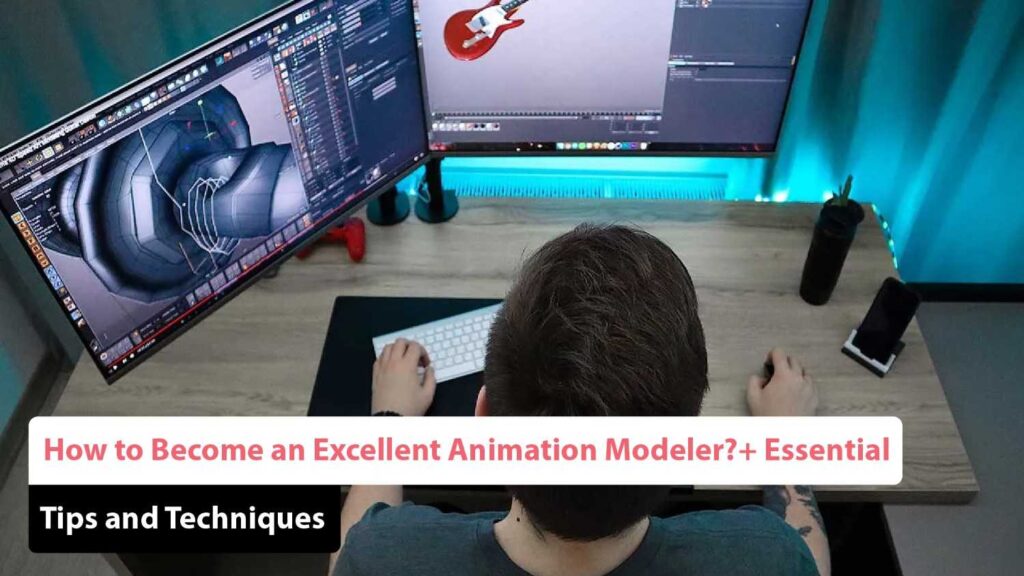3D Rendering + The Science and Techniques Behind Stunning Visual Animations
Curious about how those mesmerizing scenes in your favorite 3D animations come to life? You’re in for a treat! In this article, we’ll dive into the world of 3D rendering exploring the science, techniques, and innovations behind it. From the intricate algorithms and mathematical equations to the cutting-edge technology that makes it all possible, we’ll reveal the secrets behind every stunning frame of your beloved 3D animated films. Discover how artists use advanced rendering techniques to breathe life into virtual worlds and create breathtaking visual effects. Prepare to be amazed as we unravel the artistry and precision that transform raw data into cinematic magic. Uncover the role of software and hardware in shaping these digital masterpieces and gain insight into the future of rendering technology. Join us as we explore the dynamic process that turns imagination into reality. What is 3D rendering? 3D rendering refers to the technique of generating an image from three-dimensional data stored within a computer. This process resembles capturing a photograph or recording a video of a virtual 3D environment. Behind the scenes, rendering software and hardware perform extensive mathematical computations to convert the 3D scene’s data into images. The overall appearance of the final render relies on the integration of modeling, texturing, shading, lighting, and animation details, which are rendered pixel by pixel. 3D rendering technology extends beyond the animation industry it permeates various domains, including magazines, television, book covers, advertisements, and digital media at large. Its applications enhance visual storytelling, making content more engaging and immersive for audiences. As a result, businesses leverage 3D rendering to create eye-catching visuals that drive attention and create their brand presence in a competitive market. this technology opens up new creative possibilities, allowing for innovation in design and marketing strategies. What are render passes in 3D rendering? Rendering a 3D scene typically involves multiple layers or render passes, including elements like the background, foreground, shadows, and highlights. These layers are then combined during the compositing phase in post-production. Render passes provide greater control over various components of a scene. For instance, when depicting a car explosion, the fire, smoke, and the car itself are rendered separately. This approach allows for precise adjustments, the creation of different rendered variations, and the selection of the most suitable option without the need to re-render the entire scene repeatedly. By utilizing render passes, artists can streamline their workflow and enhance the quality of their final output. This method not only saves time but also empowers creators to achieve a level of detail and realism that captivates audiences and elevates their projects. What are the most versatile rendering methods? Since the emergence of 3D rendering technology, various techniques have been developed to meet diverse requirements, ranging from basic wireframe rendering to highly sophisticated photorealistic methods. Each of these techniques serves a distinct purpose. The rendering process can be quite demanding in terms of computational resources. However, significant advancements in computer processing power, particularly in recent years, have allowed for the creation of 3D animated content at a much higher quality and speed. Rendering methods can be broadly classified into two categories based on the time required to render a single image, although the distinction between them in terms of quality is increasingly becoming less clear: Rendering Methods: Type Description Real-time Rendering As the name implies, real-time rendering techniques are designed to compute and display a high degree of photorealism instantly, making them suitable for interactive applications such as video games and simulations, achieving at least 20 frames per second. Non-real-time Rendering Non-interactive media, including feature films, animated series, or short animations, can afford to incorporate greater detail, necessitating longer rendering times. This extra time enables 3D animation studios to utilize limited processing capabilities to produce content of significantly higher quality. The rendering of each frame can take anywhere from a few seconds to several days, depending on the complexity of the scene. When these frames are sequentially displayed at the appropriate rate, they create the illusion of movement for viewers. Understanding Rendering APIs: Essentials, Applications, and Best Practices A Rendering API (Application Programming Interface) is a collection of functions, protocols, and tools that enables software applications to interact with graphics hardware to produce visual outputs like images, animations, and 3D graphics. Essentially, it acts as a bridge between the application code and the graphics hardware, facilitating the creation of complex visual content. Notable examples of these APIs include OpenGL and Vulkan. These general-purpose APIs are commonly utilized for real-time rendering, providing powerful tools for developers to create dynamic and immersive visual experiences. By leveraging these APIs, developers can optimize performance and achieve high-quality graphics, driving advancements in both gaming and simulation technologies. Understanding how these APIs function can offer valuable insights into the underlying processes that shape modern visual content. As technology evolves, the capabilities of rendering APIs continue to expand, paving the way for even more sophisticated and realistic graphics. Exploring these developments can provide a glimpse into the future of digital visualization. 1. OpenGL: OpenGL is celebrated for its versatility, supporting both 2D and 3D graphics across a range of platforms. It offers functionalities such as drawing primitives, applying transformations, and manipulating shaders. However, becoming proficient with OpenGL requires a solid understanding of graphics programming, as developers must handle complex rendering tasks. While OpenGL abstracts many hardware-specific details, making it more approachable for developers who may not have in-depth knowledge of graphics hardware, this abstraction can introduce some performance overhead. The additional work required by the driver to manage these abstractions can impact efficiency, though it simplifies the development process significantly. As a result, developers can focus more on creative aspects and less on the intricacies of hardware management. Despite this, fine-tuning and optimization are still crucial for achieving the best performance and visual quality. 2. Vulkan: Vulkan adopts a more explicit approach, offering precise control over graphics hardware and reducing driver overhead. Unlike OpenGL, which abstracts many details, Vulkan requires developers to manage more aspects of the rendering process directly.
